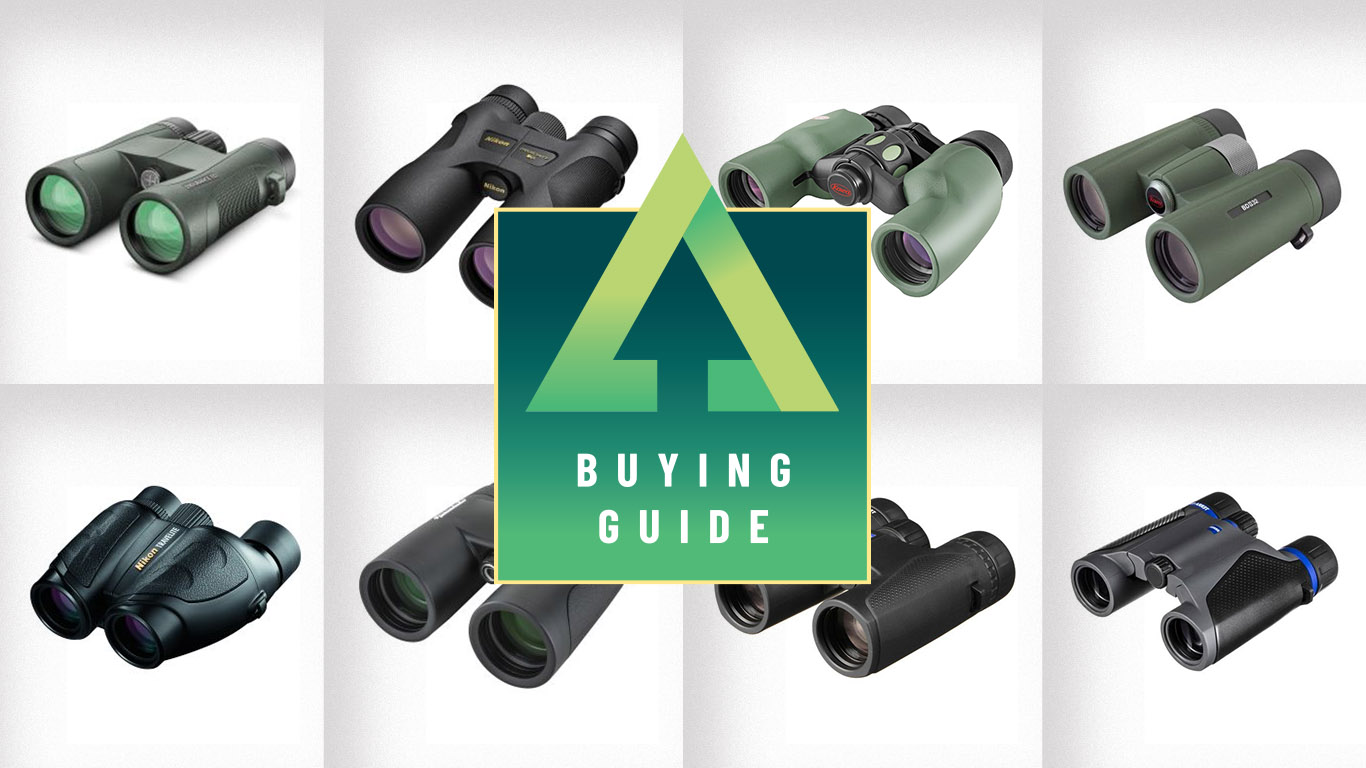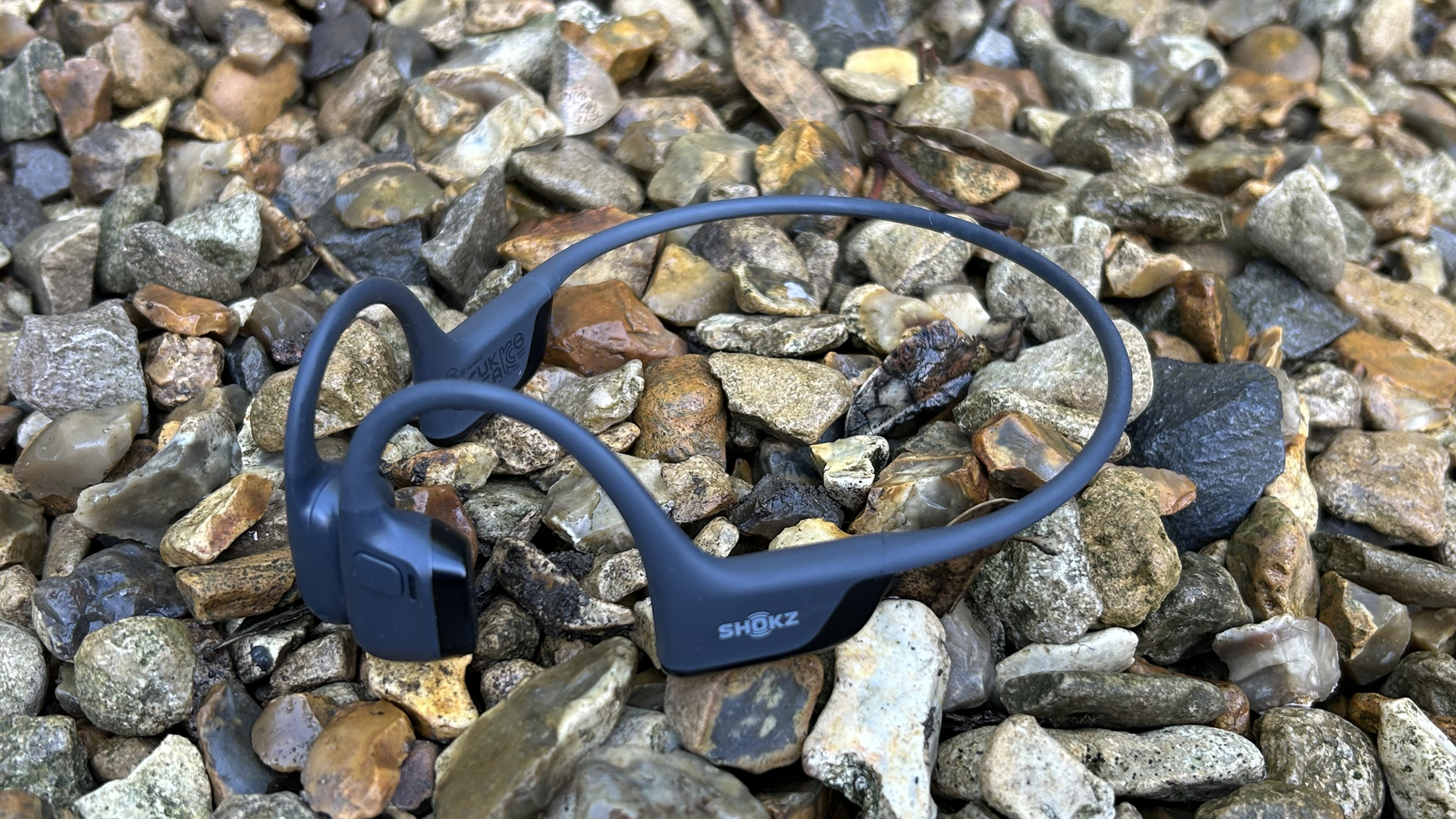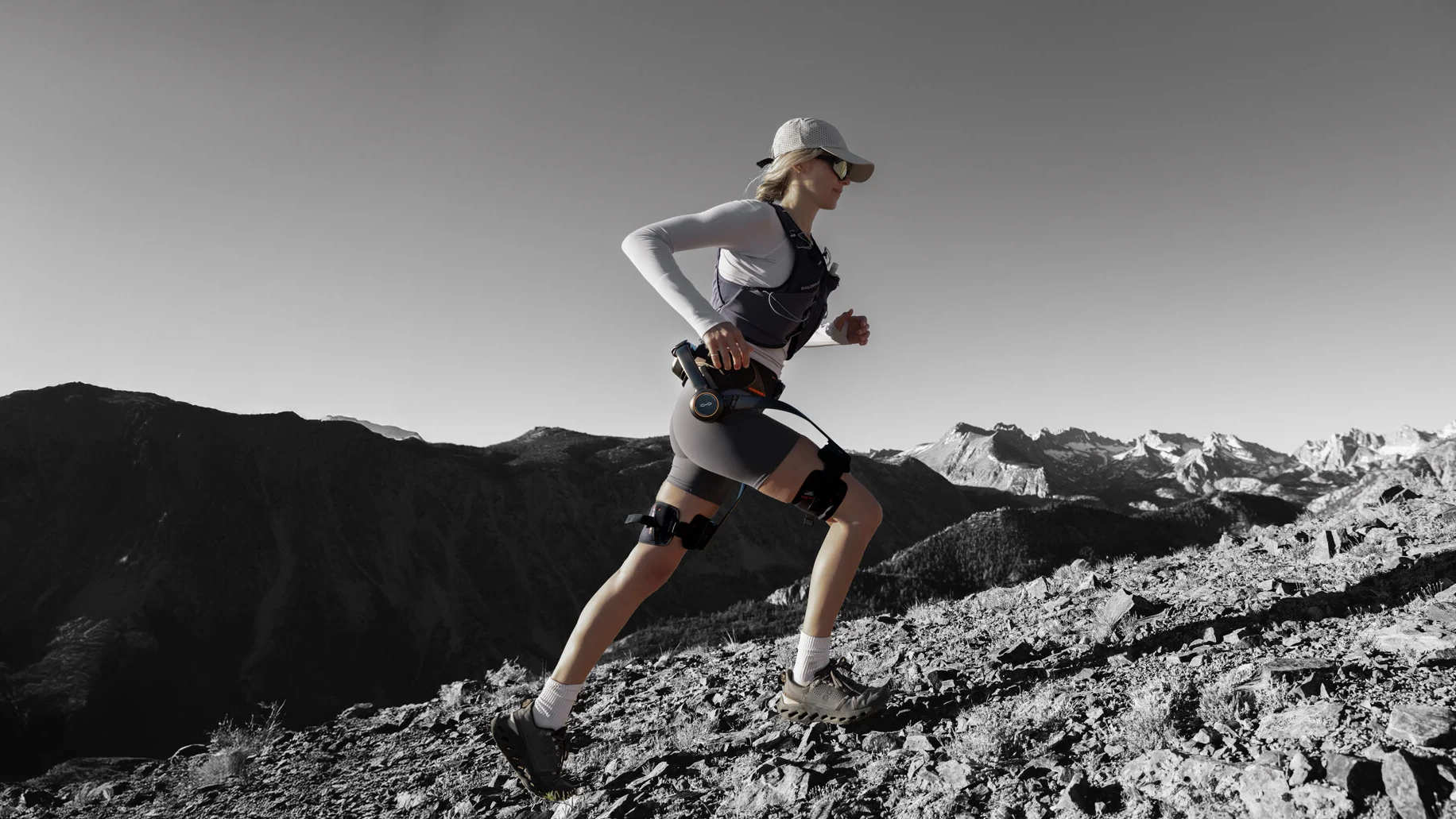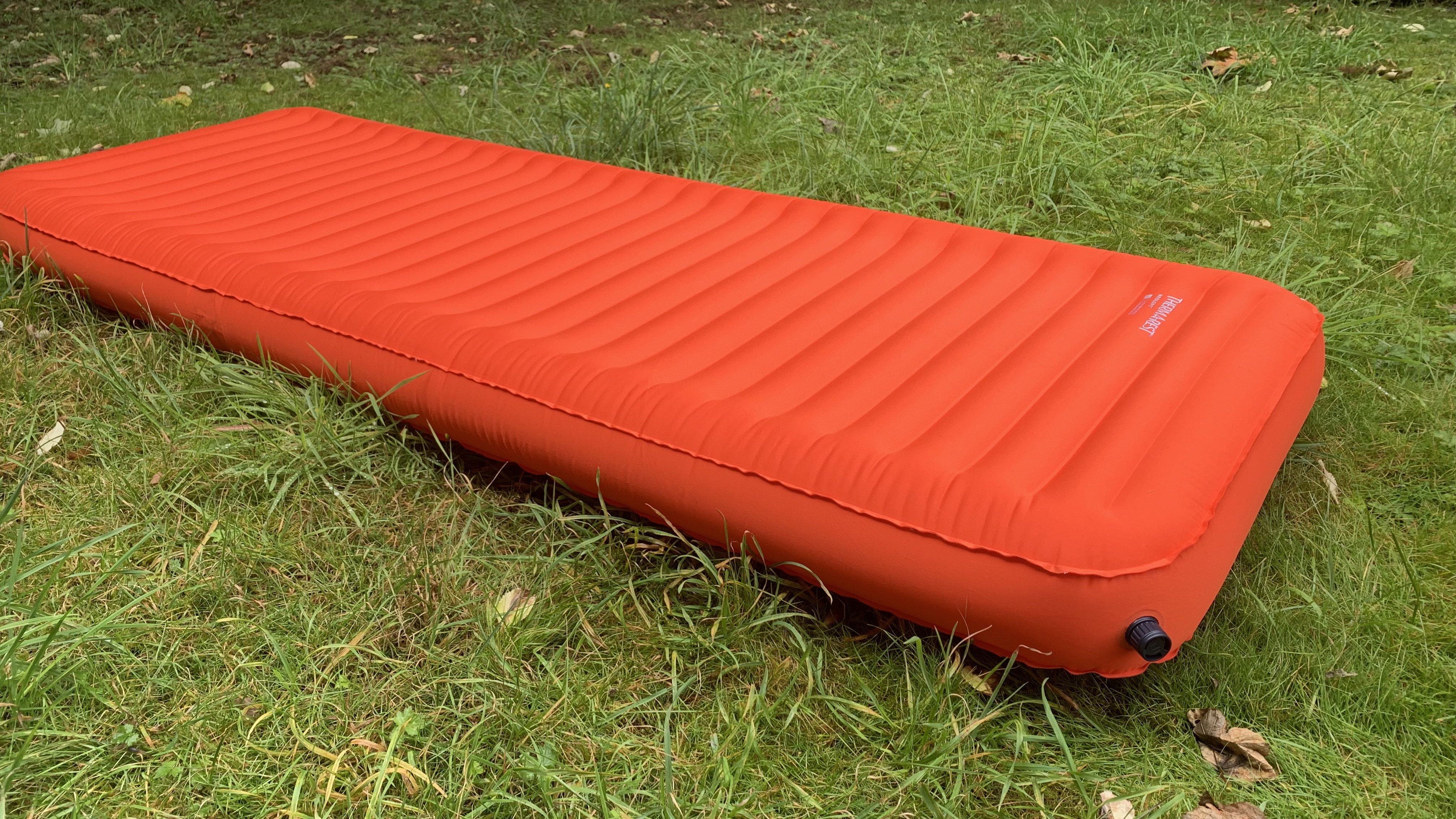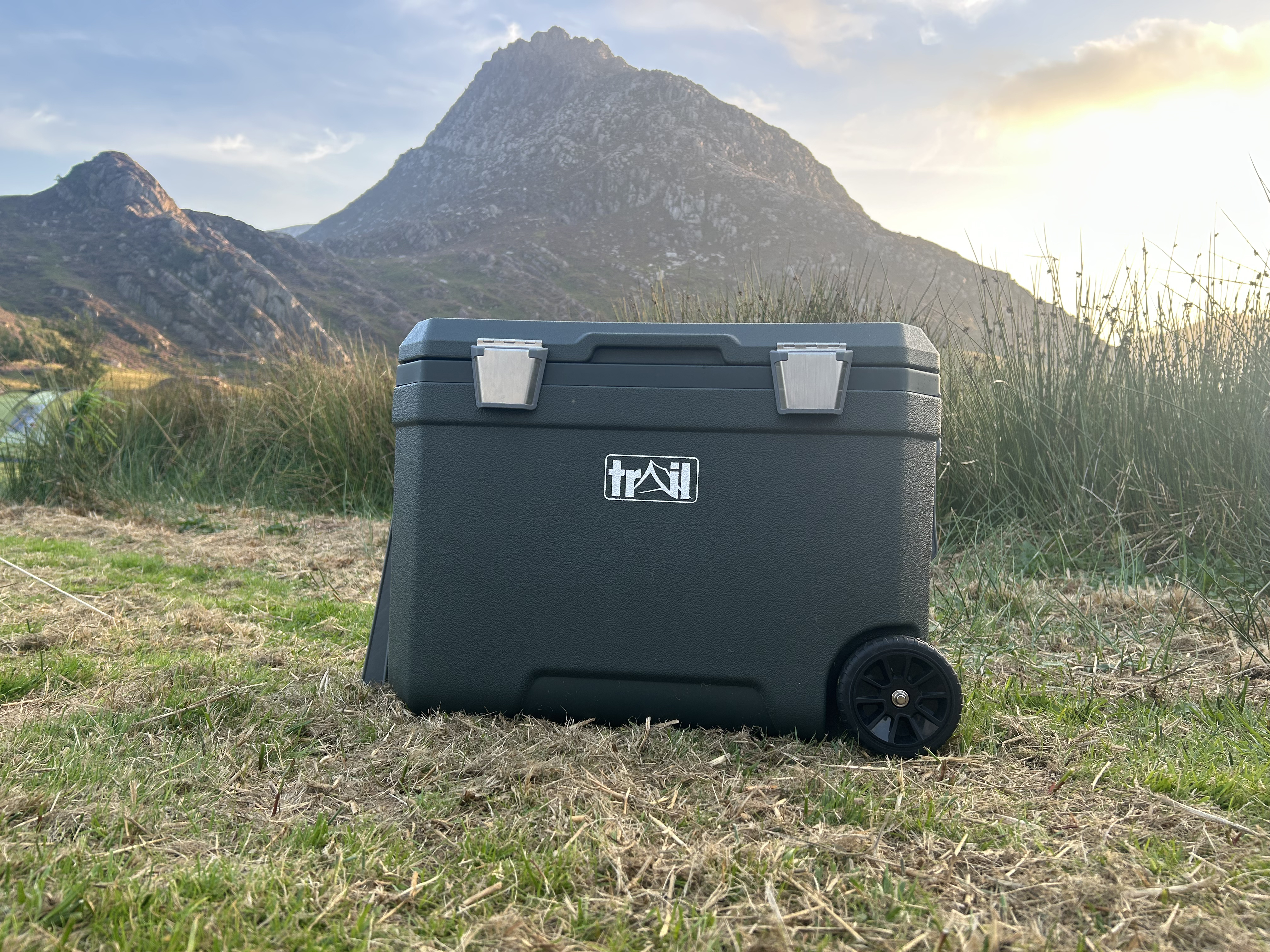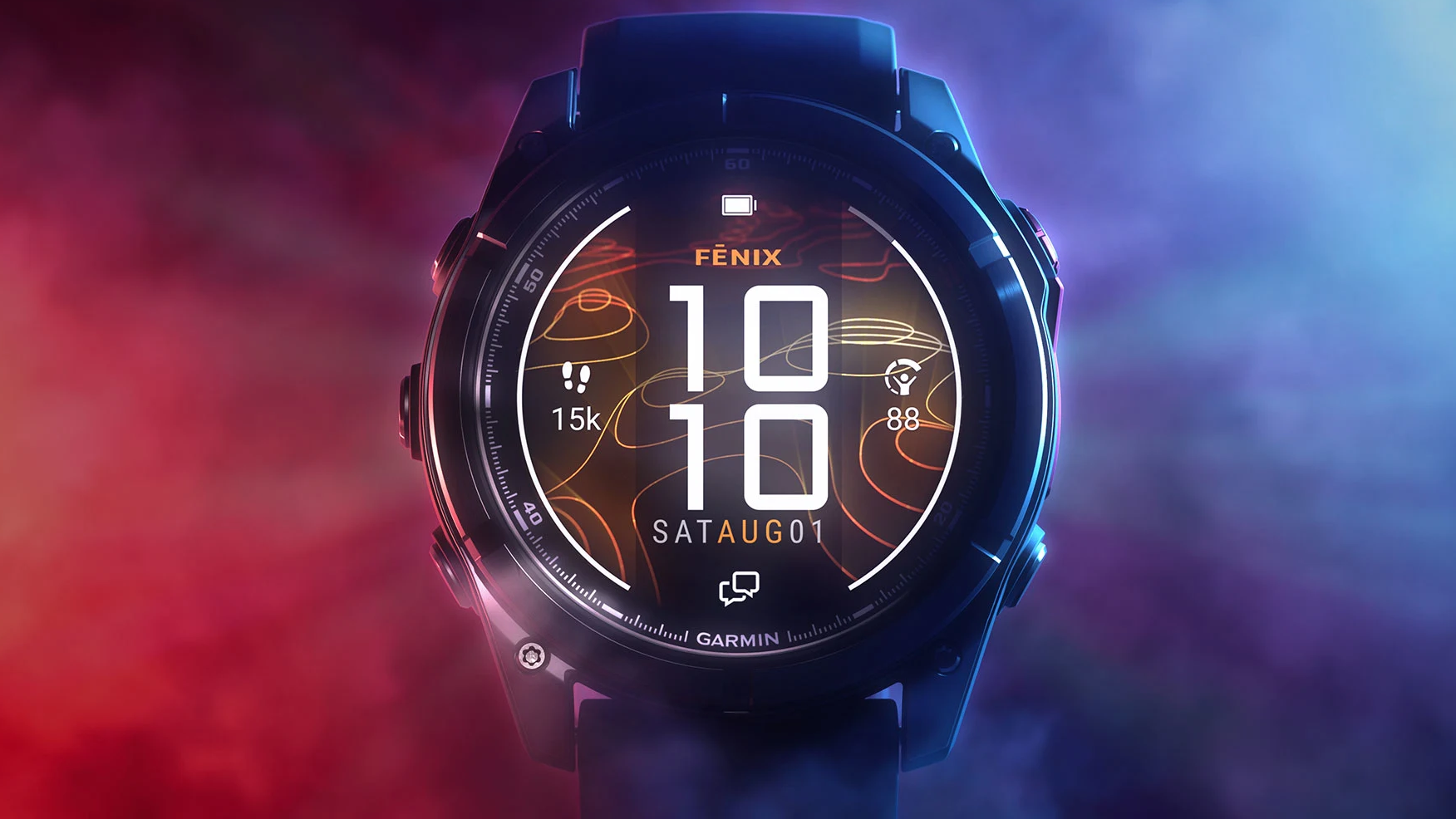
Trail running sensation Kilian Jornet begins his latest insane challenge - climbing 67 American 14ers this fall - and hiking and biking between them
The States of Altitude will see the Spanish endurance athlete ascend every 14,000ft peak in the lower 48 states













